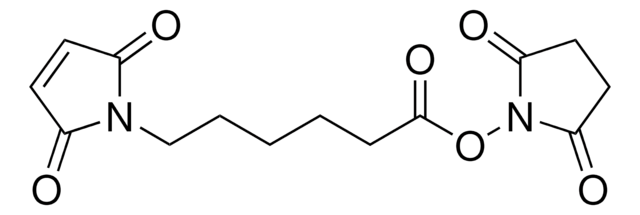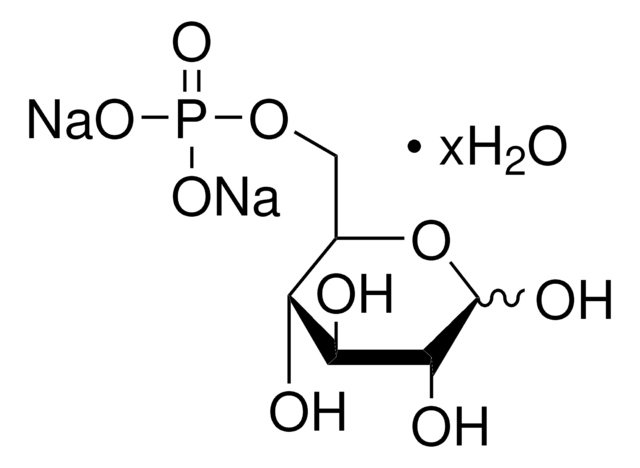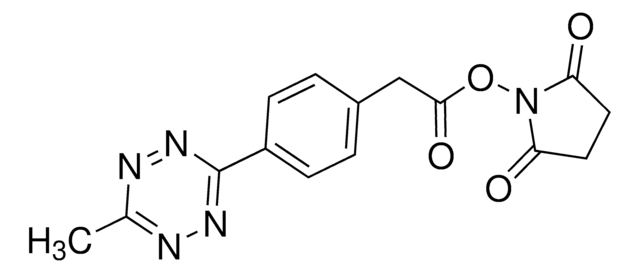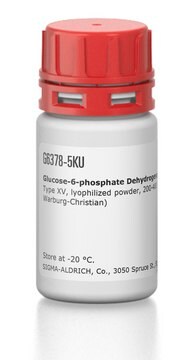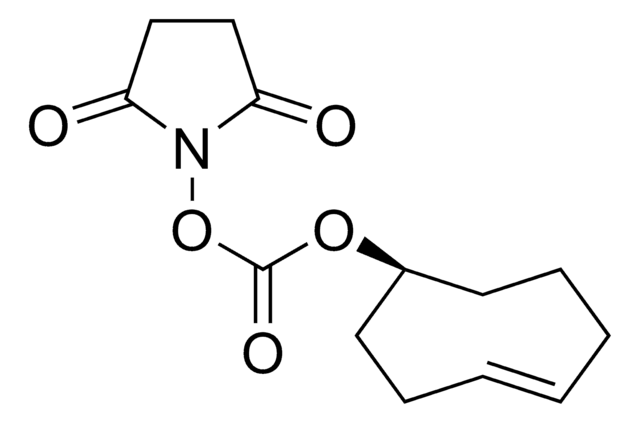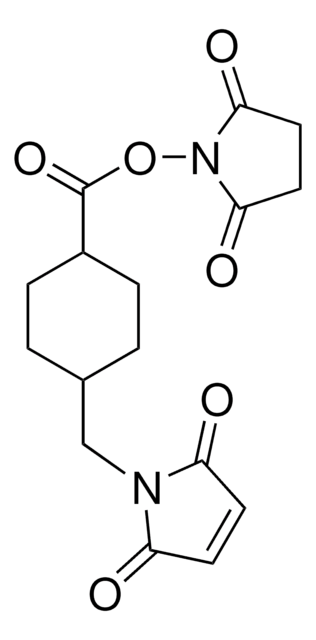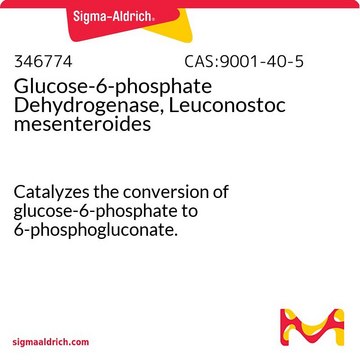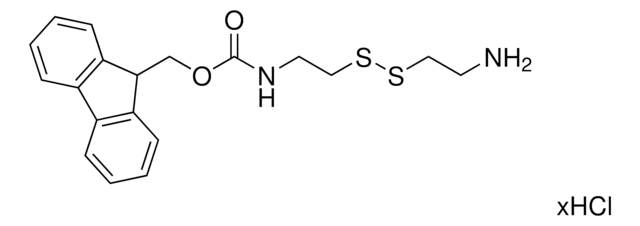901237
DHR Catalyst
≥95%
Synonym(s):
(2S,3R,4S)-2-Methyltetrahydro-2H-pyran-3,4-diol, Dihydrorhamnal
About This Item
Recommended Products
Assay
≥95%
form
powder or crystals
reaction suitability
reagent type: catalyst
greener alternative product characteristics
Catalysis
Learn more about the Principles of Green Chemistry.
sustainability
Greener Alternative Product
greener alternative category
storage temp.
−20°C
SMILES string
[H]C1([H])C([H])([H])O[C@](C([H])([H])[H])([H])[C@@](O[H])([H])[C@@]1([H])O[H]
General description
Application
related product
Storage Class Code
11 - Combustible Solids
WGK
WGK 3
Flash Point(F)
Not applicable
Flash Point(C)
Not applicable
Choose from one of the most recent versions:
Certificates of Analysis (COA)
Sorry, we don't have COAs for this product available online at this time.
If you need assistance, please contact Customer Support.
Already Own This Product?
Find documentation for the products that you have recently purchased in the Document Library.
Articles
Enantioselective alkene diboration is a valuable strategy for transforming unsaturated hydrocarbons into useful chiral building blocks.
Related Content
Chiral organoboronic esters are well known as versatile intermediates for chemical synthesis. Not only are these compounds stable under a variety of reaction conditions, they are generally non-toxic and can be transformed with minimal generation of hazardous waste.
Our team of scientists has experience in all areas of research including Life Science, Material Science, Chemical Synthesis, Chromatography, Analytical and many others.
Contact Technical Service